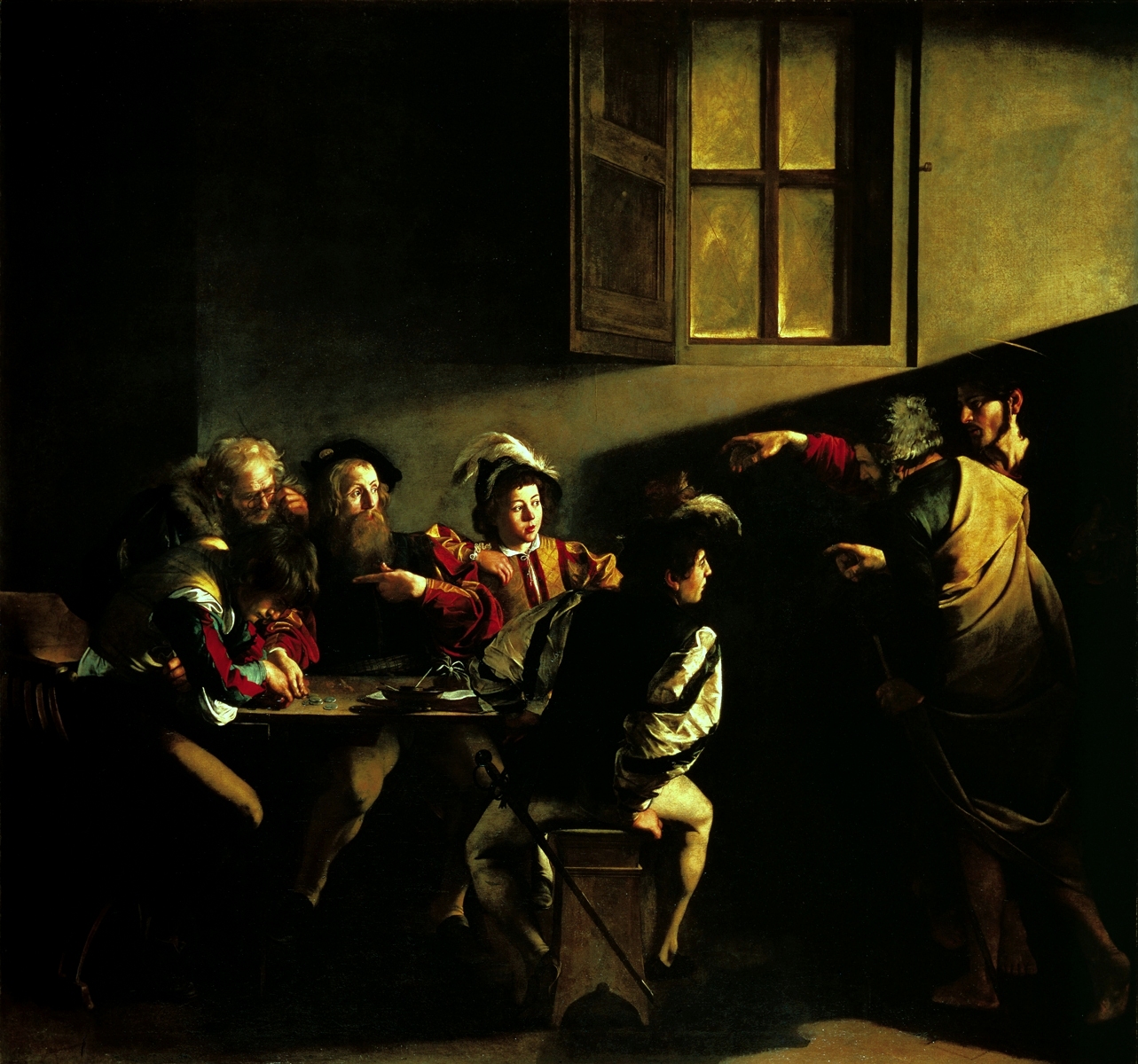Last Saturday, it snowed for the first time—which provoked a meditation I was not expecting.
I drive a Volvo. Many of you know that these are Swedish cars, well outfitted for snow. Repeat: well outfitted for snow. So, as a native of Phoenix, Arizona, it never quite made sense why our family always bought Volvo's. At one time, I think we had 4 Volvo’s in our desert driveway. Sure—they are incredibly safe. But, as far as the stamina of an imported vehicle in 120 degree weather goes—Volvos do not win.
But, naturally, when the time came for me to drive, I inherited a 2000 Volvo. So, picture this: my Volvo spent 10 years in the desert, followed by one year in southern California becoming acquainted with beaches—until the Lord called me out to Minnesota this August. And the import of this didn’t hit me until I found myself—and my windshield—braving galactic snowflakes last Saturday. Almost immediately, I was cognizant of the beauty of this moment: After 11+ years in exile, this Volvo had finally reached the end for which it was crafted: driving in snow.
At this realization, I was just overcome by a deep peace. Who would have thought that such an event would actually cause spiritual consolation? Honestly, I was shocked by my reaction, “This Volvo persevered!” But, the moment far transcended the Volvo, the weather, and Swedish mechanics. This was the satisfaction only experienced when something has finally reached the end for which it was created. And this is no exaggeration: it imbued me with hope that I too will someday reach my end if only I persevere. The desire we all have for fulfillment, for happiness, is not an empty dream.
If the Lord cares enough to let a Volvo finally reach its end, how much more does He want that for us? Let us be confident that our desires for ultimate Truth, Goodness, and Beauty are not in vain. We are crafted for eternal happiness. Let us only persevere.



